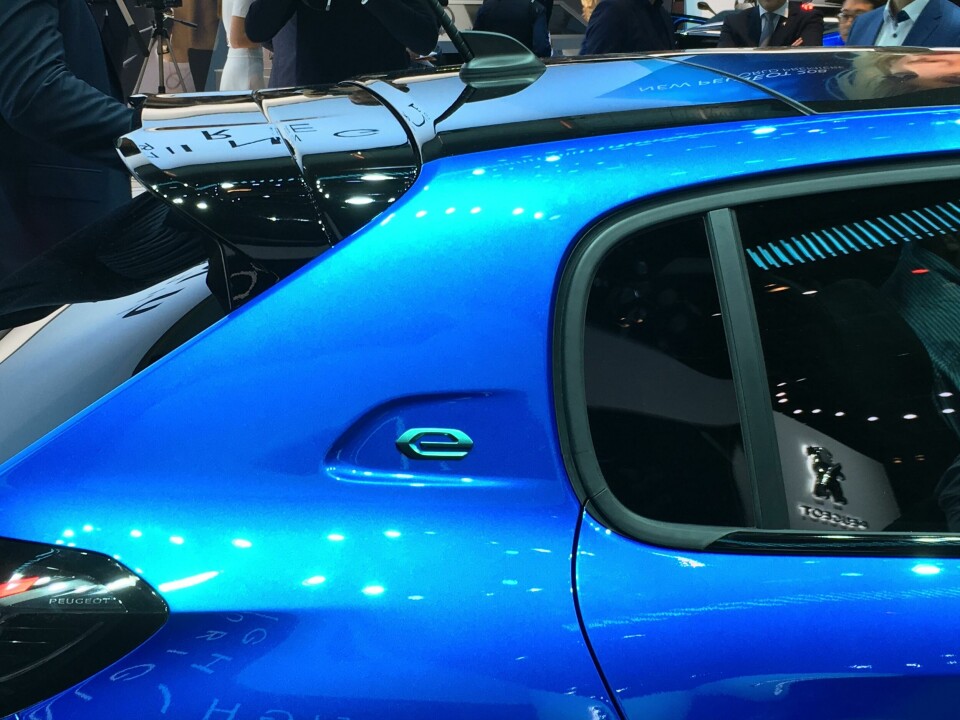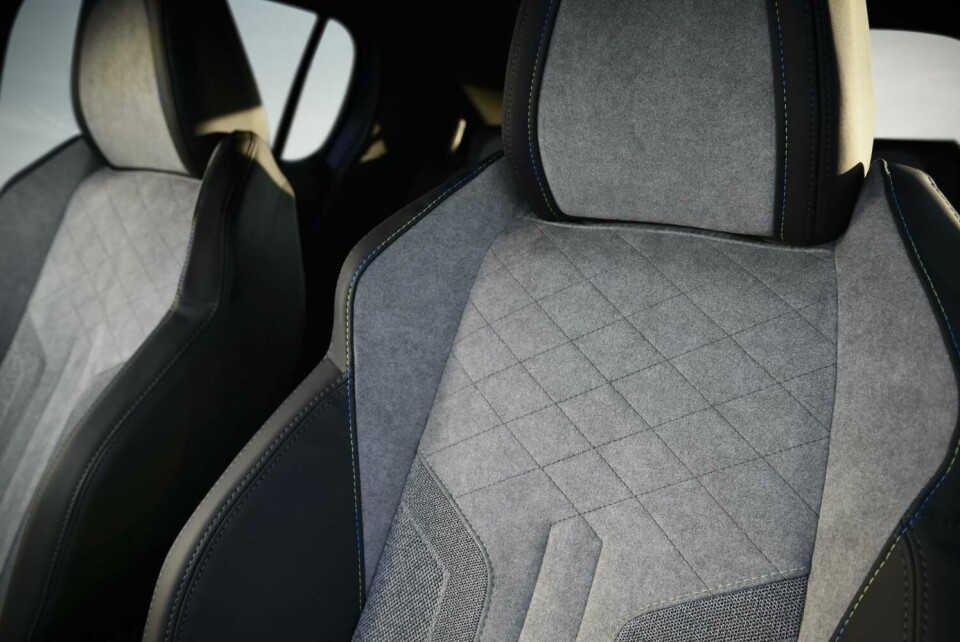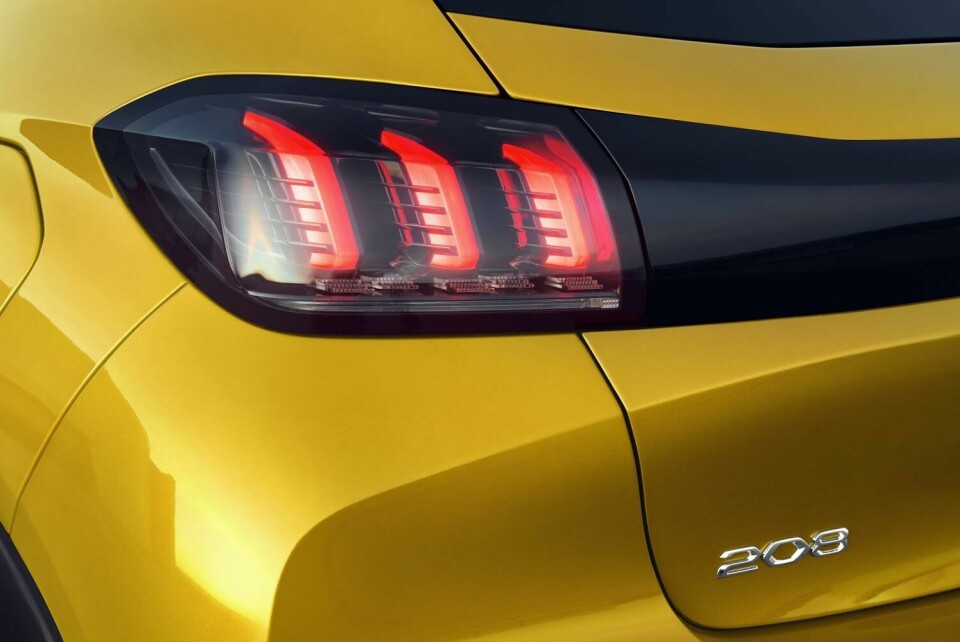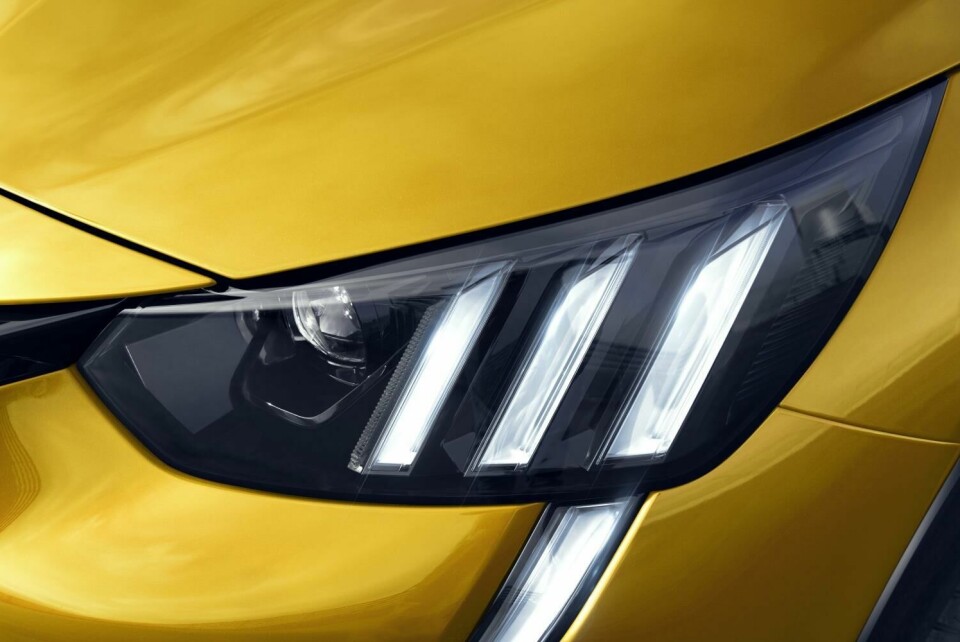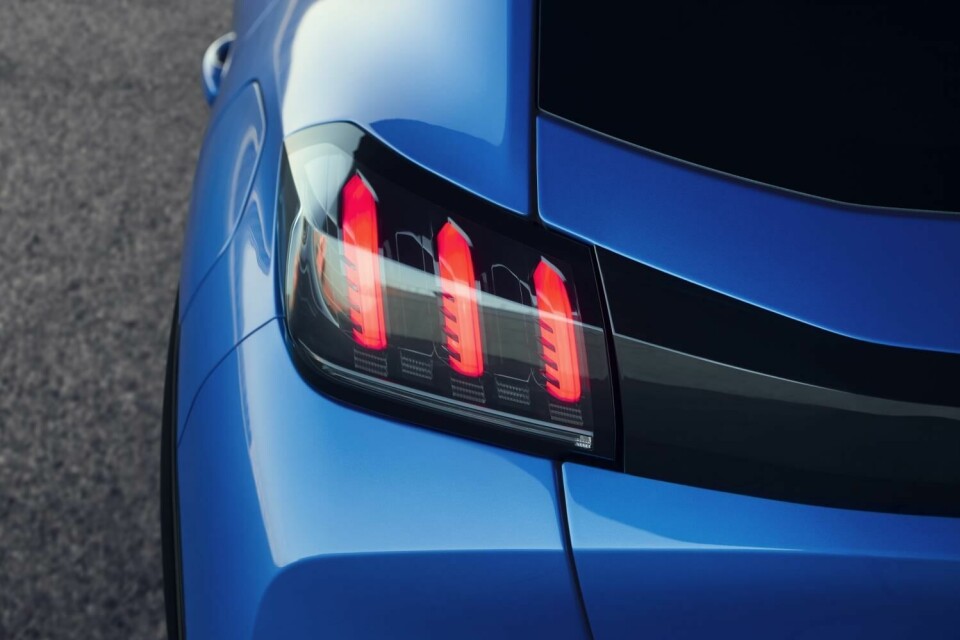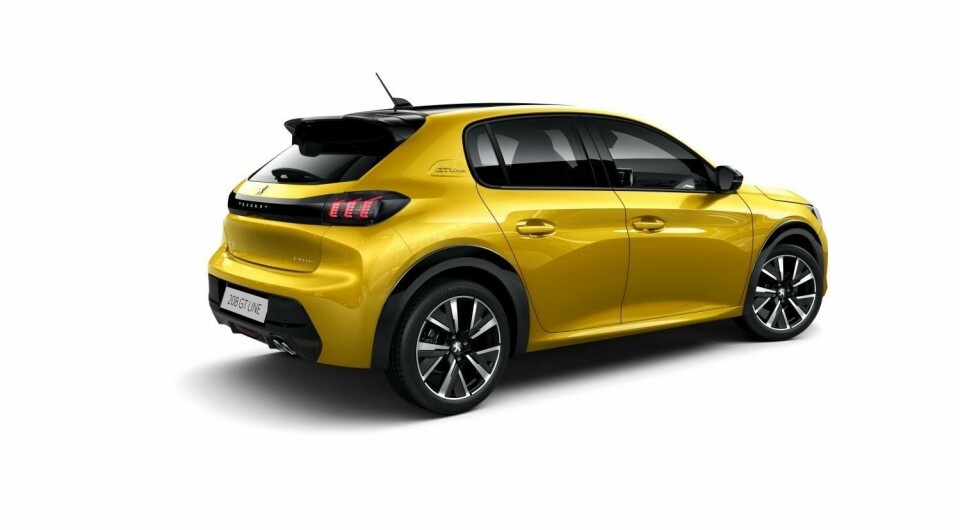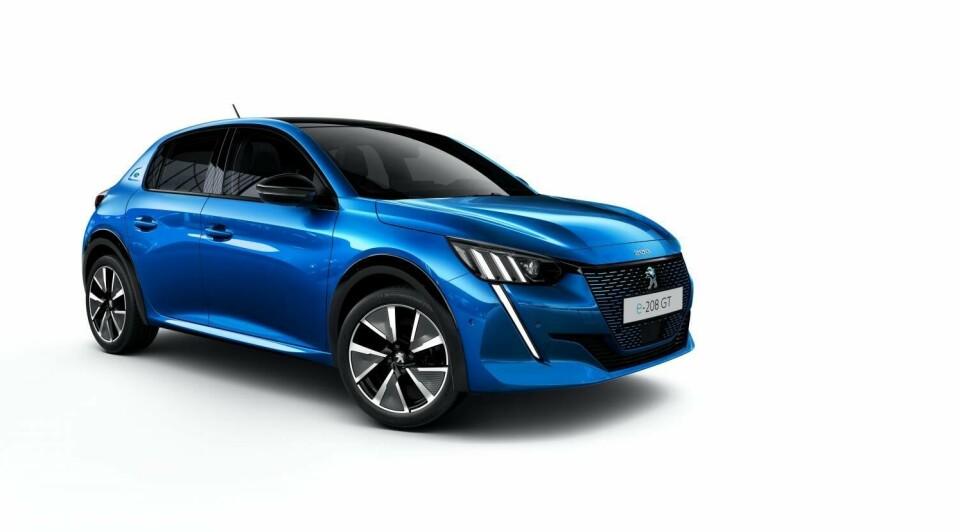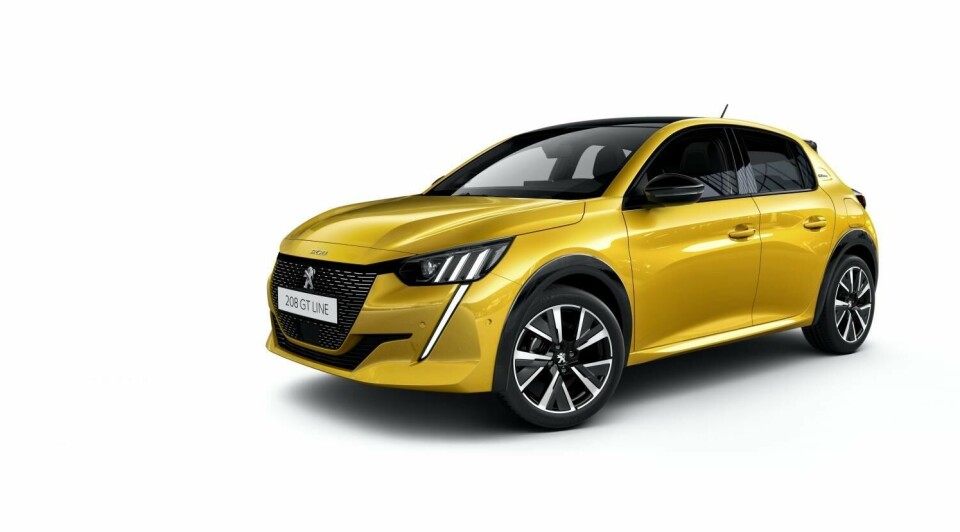
Gilles Vidal on the new Peugeot 208
Peugeot design director Gilles Vidal discusses using creative intelligence to design the new Peugeot 208, launched at the Geneva show 2019
The 208 is a beneficiary of the ideas explored in Peugeot’s recent concept car programmes, according to design director Gilles Vidal. “We wanted a good stance, good proportions, and the Fractal helped us define the visual tricks to achieve that,” he says.
“There is a bit of Fractal in the way the rear is sculpted; the way the bumper comes right down, and the super-diagonal rear window, and how from the rear view, you have a line that drops. There’s a lot of tricks like this that we experimented on first with the concept cars.”

?UMBRACO_MACRO macroAlias="RTEImage" image="547302" caption="" lightbox="1" position="left" size="large-image" ?
However, the 208 also – like the gorgeous e-Legend concept – brings some strong historical resonances. In this case, the references are to the groundbreaking and much-loved 205:
“You’ve got the shape of the rear pillar, the side window, and its angle: the shape of that whole area is like that of the car of the past,” says Vidal, who warns nonetheless: “There’s a mix of things in your mind, but in the end, it has to be obvious and harmonious to the client. When you try to be neo-retro, you activate the shapes and form language, but the definition and the execution – of the graphics, the details, whatever – mustn’t be retro in any way, so you understand the inspiration but the overall impression will be futuristic.”
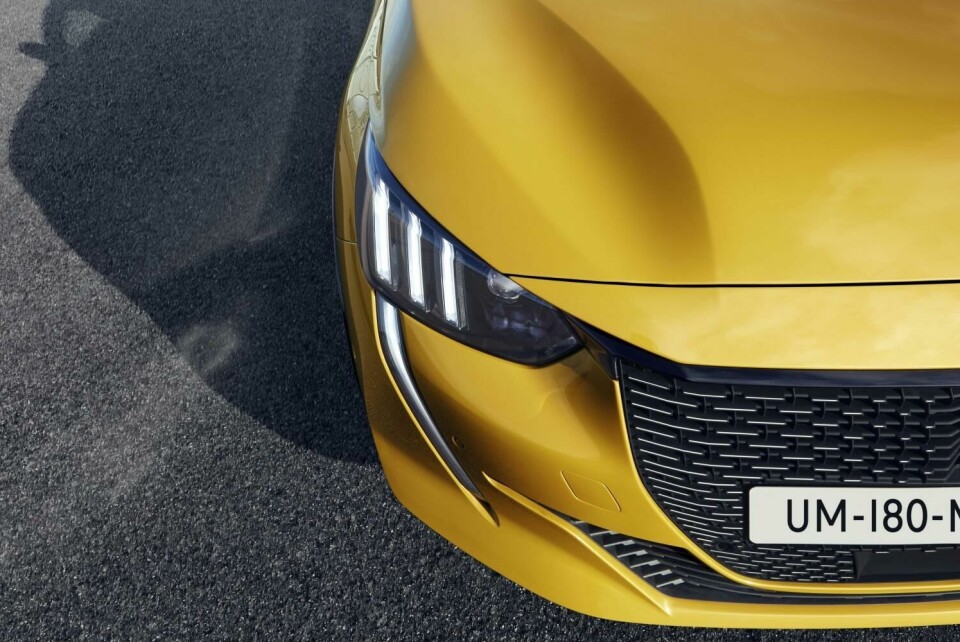
?UMBRACO_MACRO macroAlias="RTEImage" image="547308" caption="" lightbox="1" position="left" size="large-image" ?
Vidal adds that the 208 has not really become more aggressive: “Of course, it has its new lights on the front, but if you look at the shapes, it’s quite generous and soft; and there’s tension as there are very sharp lines appearing in very minimal surfaces. There’s a lot of sculpture in the front and the rear; we catch this shadow and light, that’s how we create vibrancy, rather than adding bits everywhere – and so in the end it’s a balance, a fusion between generosity, playfulness and sportiness. We adjust the parameters.”
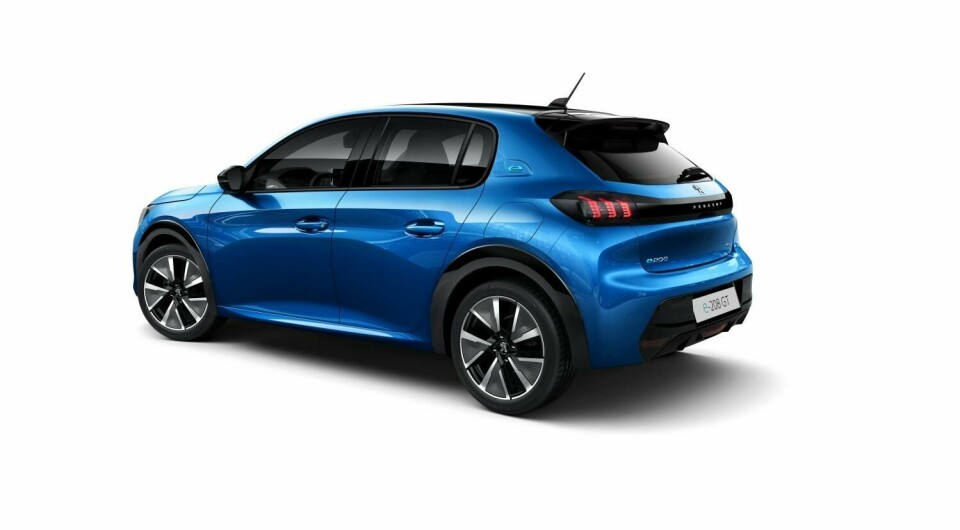
?UMBRACO_MACRO macroAlias="RTEImage" image="547312" caption="" lightbox="1" position="left" size="large-image" ?
208 design manager Yann Beurel adds that getting the right proportions was crucial. “We worked hard with the engineers to lower the car, to move the windscreen backwards, to get more front room,” he says. “We also worked quite hard with the stamping department to be able to have the maximum thickness [of metal] because it allows us to sculpt the volume. So we knew that if we had the proportions and the sculpture, we didn’t need any extra chrome or decoration.”
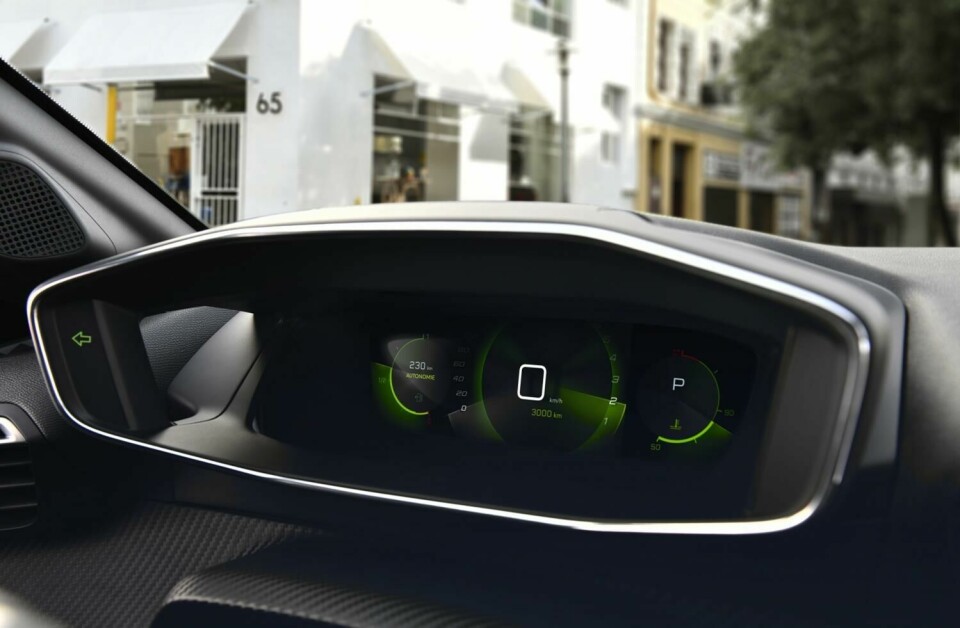
?UMBRACO_MACRO macroAlias="RTEImage" image="547303" caption="" lightbox="1" position="left" size="large-image" ?
Lower, longer and wider than the outgoing model (although boot space is slightly smaller), the latest 208 has of course been overhauled inside too. Along with new soft-touch materials and rethought storage and stowage (including induction pads for smartphone charging) comes the latest version of the layered i-Cockpit, now available with a two-level holographic head-up display and a central touchscreen of up to 10-inch diameter.
“The new 3D effect is not just entertainment,” says Beurel. “It’s something really important for driver assistance, it is able to help you have the right information at the right layer.”
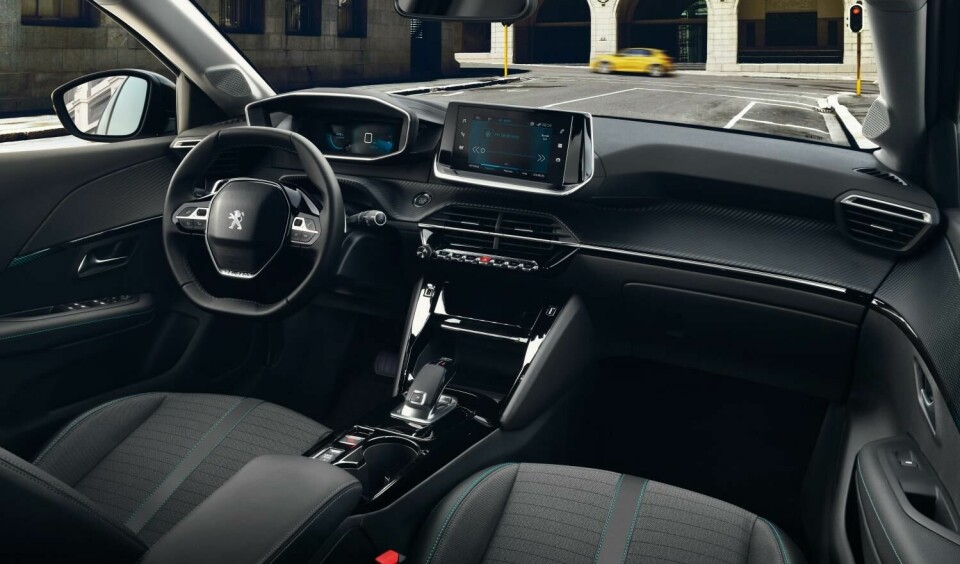
?UMBRACO_MACRO macroAlias="RTEImage" image="547304" caption="" lightbox="1" position="left" size="large-image" ?
Vidal acknowledges that it’s a challenge to provide this level of technology, and larger-car trim and materials, in the supermini sector, but says it can be done if it is well-designed from the beginning. “We know all the processes, we know all the suppliers, for things from air vents to dashboards to any area in the car,” he says.
“We can anticipate what will be easy for them to manufacture, what will be tricky – and so we can still try to create some interesting things. This two-layer dashboard, the i-Cockpit principles: it’s not the simplest dashboard you can imagine, but we have the know-how to anticipate quality issues. It can be a matter of cost, there is only so much money we can put on the table; we are trying to achieve as much as possible, and we need to be very clever – so it’s about creative intelligence.”
